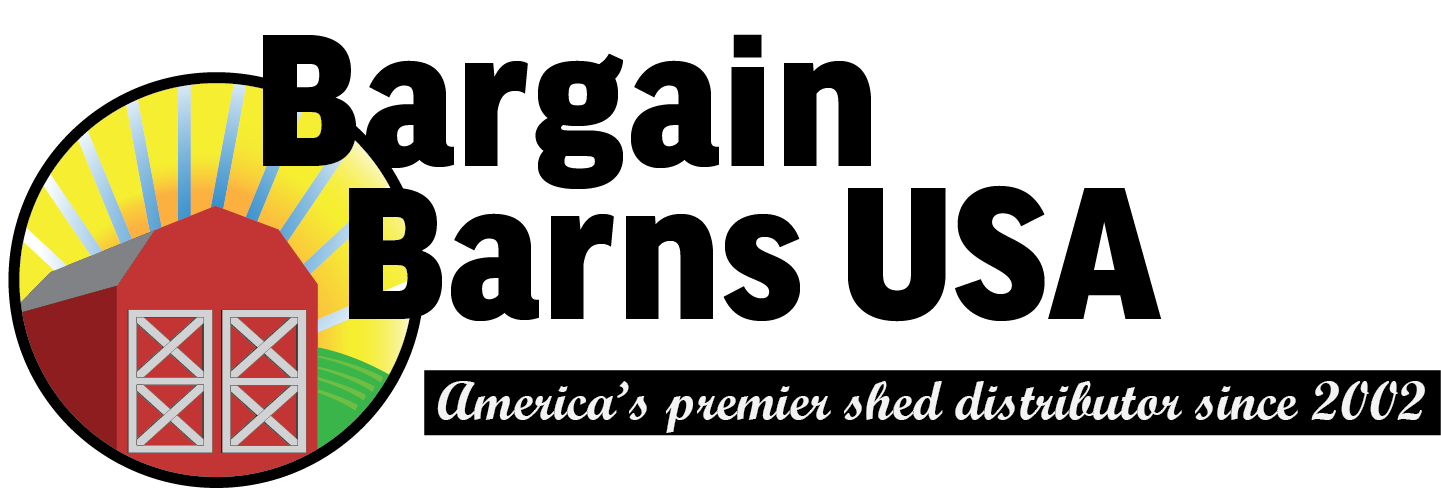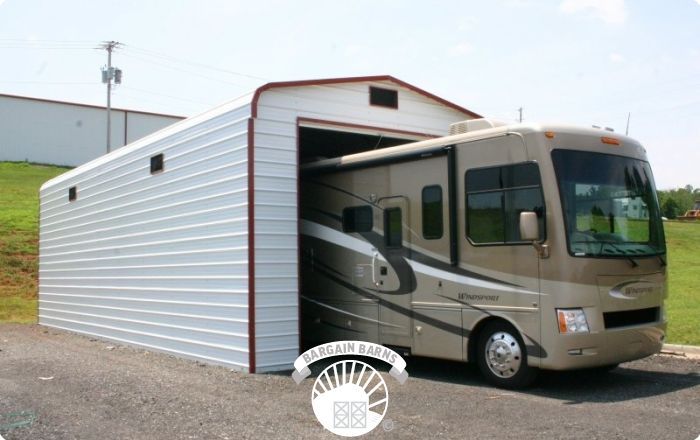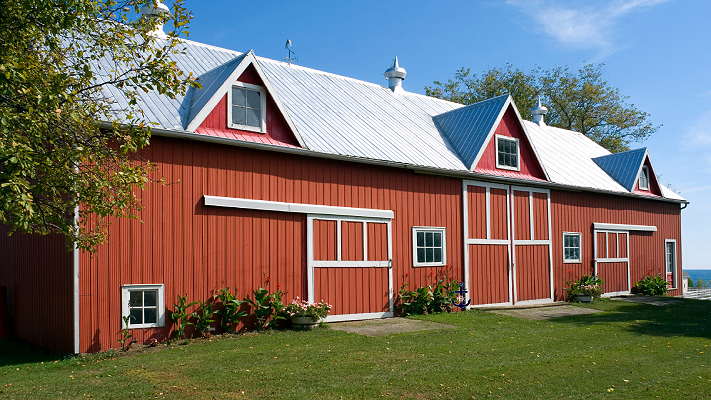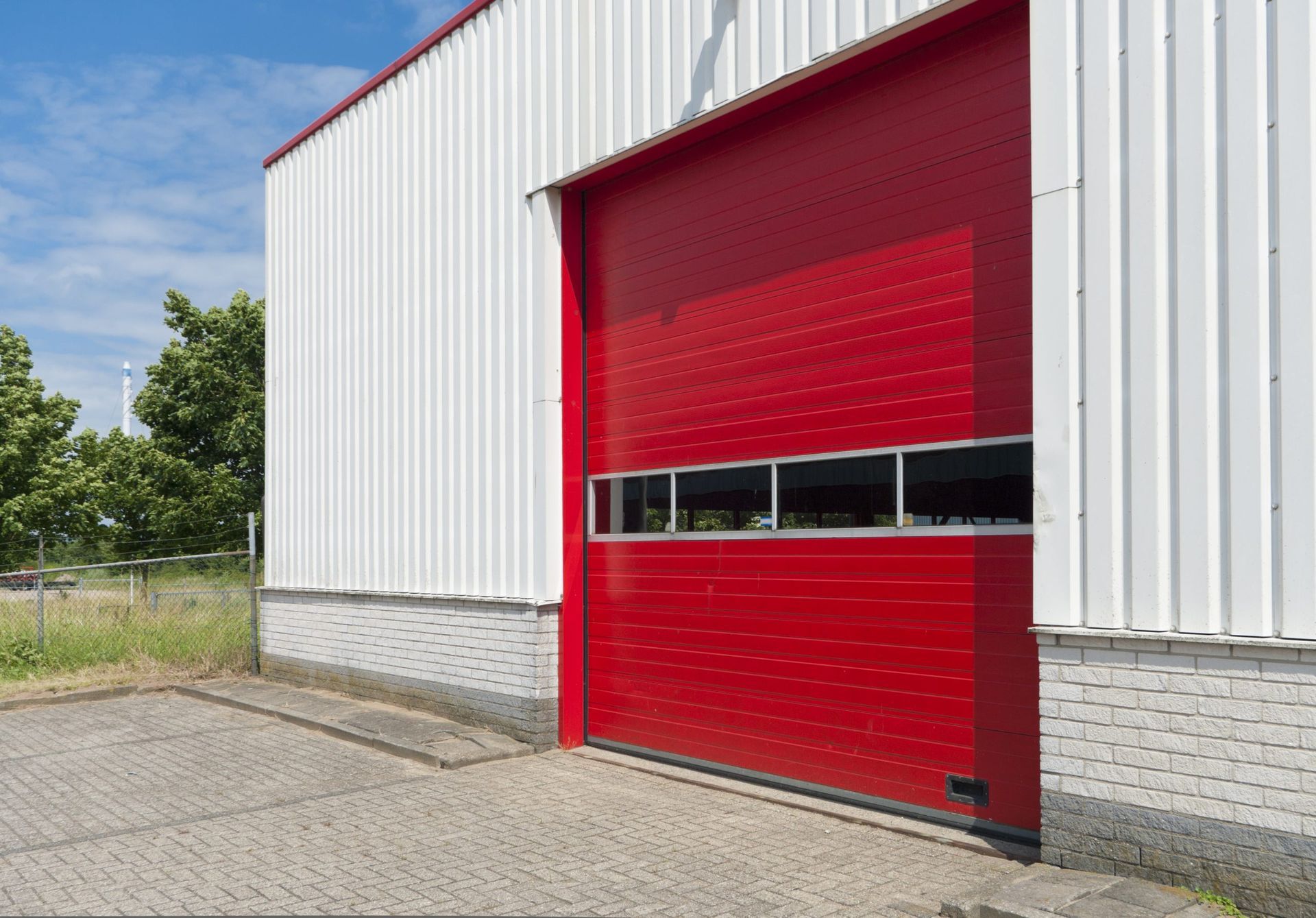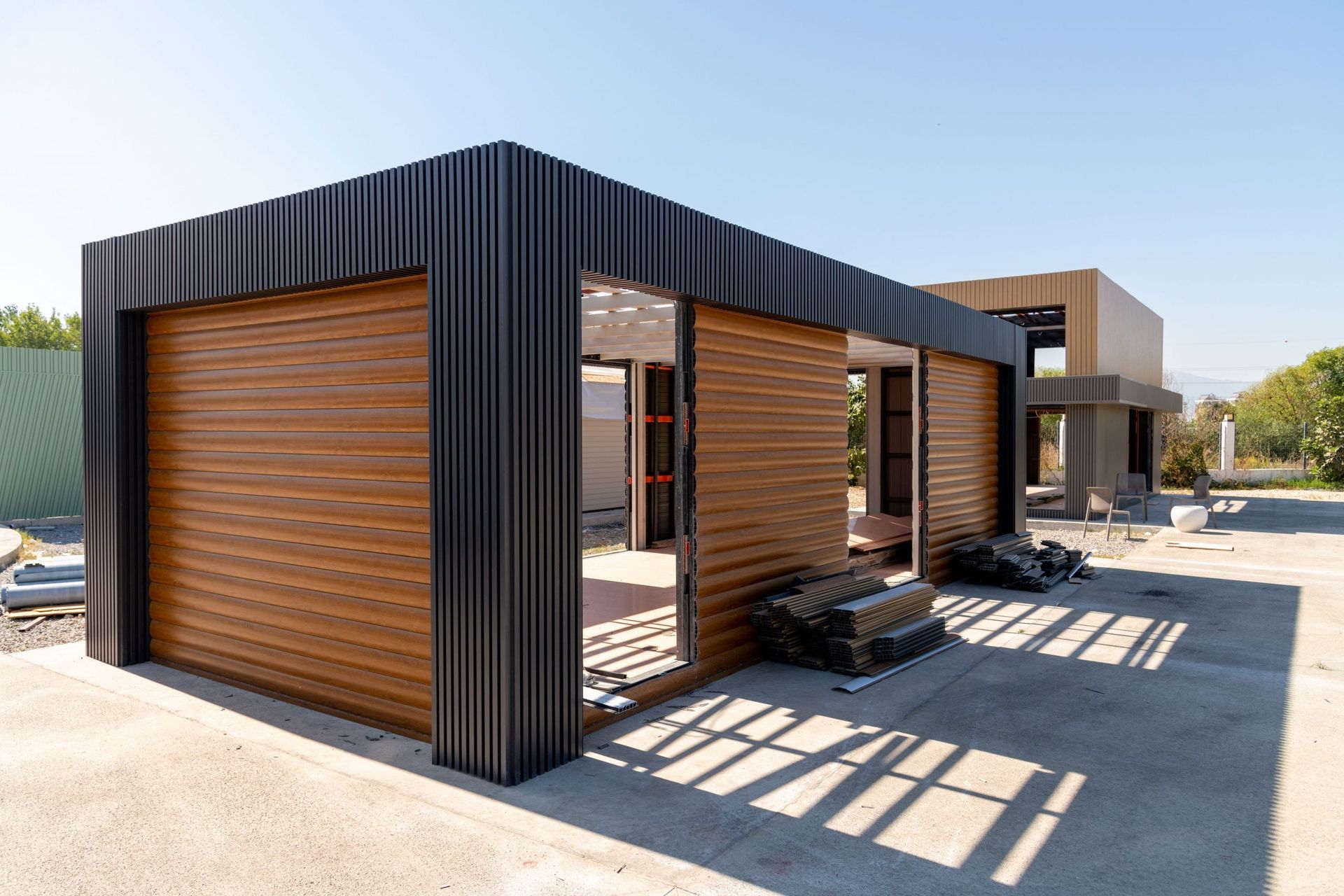Constructing Your Carport While Solving the Metal Vs. Wood Dilemma
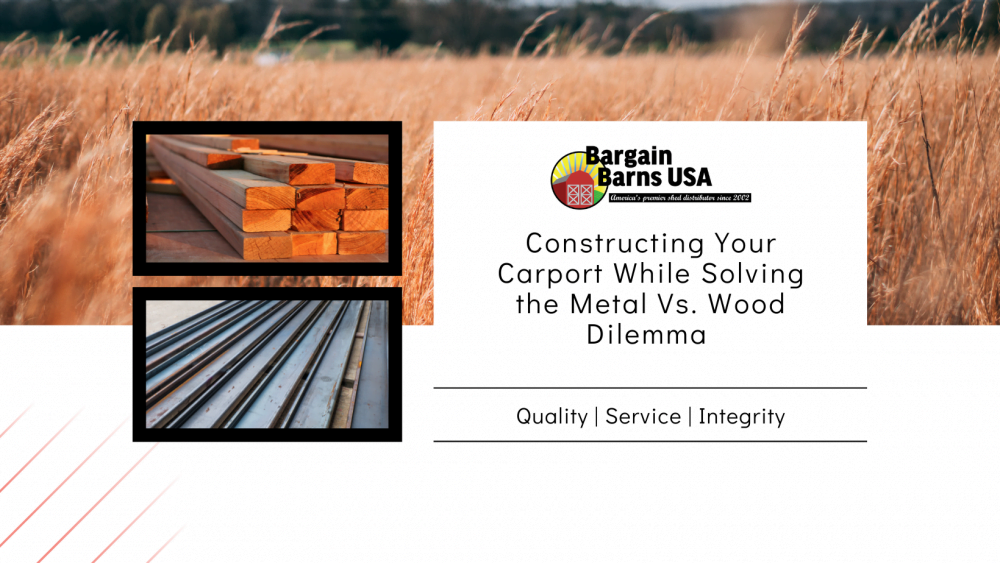
There are several ways to evaluate metal and wood used for construction. Durability, ease of installation, environmental footprint, damage and maintenance, assembly, time consideration, and cost are all factors worthy of consideration.
So, which is best? Drum roll, please… Constructing your carport out of metal is the winner. The materials and labor costs of maintaining wood are a big reason why. To see how we arrived here, read on to see what makes each of these building materials unique.
MATERIAL CONSIDERATIONS
It’s important to know what types of wood and metal are used in constructing your carport. We’ll break it down for you.
Engineered Wood & Solid Wood
Both engineered wood and solid wood are the most preferred method of building residential homes throughout the US and Canada. Wood building products can be found everywhere as the main construction components of our homes, with the ubiquitous 2×4 lumber and plywood used for bolstering a home’s structure.
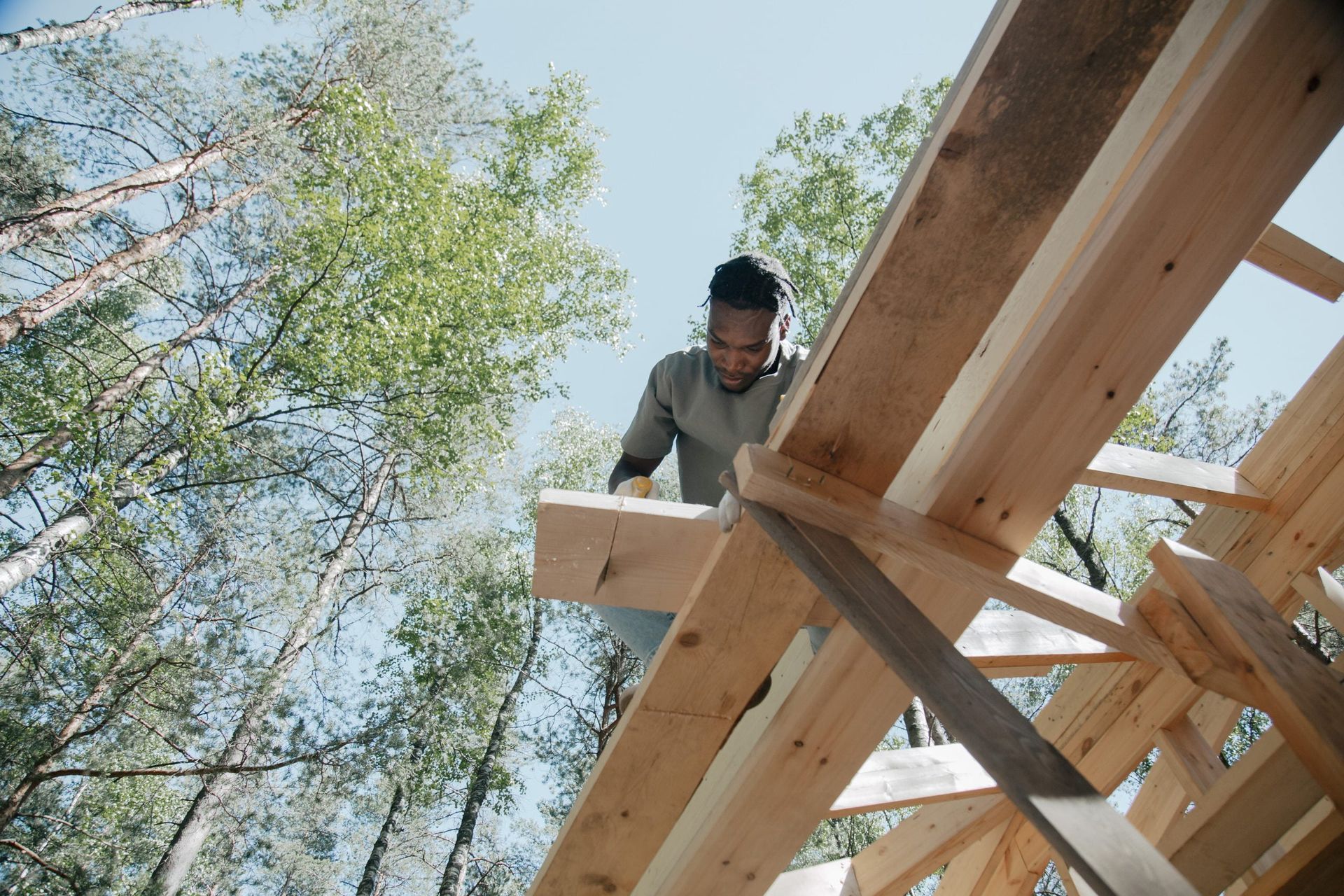
Solid wood, or softwood, makes up the skeleton of the home—timber framing, internal partitioning walls, interior framing, beams and stringers, stud walling, floor joists, roof joists, etc. Solid wood is milled cutting lengthwise from trees and cut into boards and planks.
Engineered wood is made up of several layers of ply or veneers, which are cross-laid for greater durability and strength. Plywood is a classic example of engineered wood, which is one of the most used building materials there is. Heat and pressure are used with glues to form and seal the layers of wood to form the plywood which is used in roofs, floors, walls, shelving, cabinetry. In addition, oriented strand board (OSB), medium-density fiberboard (MDF), particleboard, engineered wood flooring, glulam timbers, and finger-jointed wood are all part of the engineered wood family.
Group Accommodation
There are many factors in the way wood is graded. Size and defects such as splits, discoloration, knots, missing pieces on edges and corners (wanes), and pockets are grading factors that affect the appearance and strength of the lumber. Higher grades are called select grades.
There are other factors in grading the wood. Home Depot defines some of the properties below:
- Texture is the feel and condition of the wood’s surface. Wood’s texture is a key part of its stability and its ability to be finished or stained.
- The color of wood determines the look and style of your project. If the wood won’t be visible, as in the case of a structural project, color won’t matter much to your selection process.
- Density is a wood’s weight and strength. The denser the wood, the sturdier the result of your project. This is why the best wood for structural or supporting projects such as beams tends to be denser.
- Grain is a tree’s unique growth pattern. No two boards will look the same. It’s important to consider grain when working on projects, specifically decor, to ensure you achieve the look you want. Aesthetic appeal matters most if the wood of your project will be visible.
Metal Buildings
First things first. Steel, being an alloy and therefore not a pure element, is not technically a metal but a variation of one instead. It’s partially composed of a metal, iron, but because it also has non-metal carbon in its chemical make-up, it’s not a pure metal like aluminum. However, for simplified understanding in this article, we are going to lump aluminum, steel, and galvanized steel into the METAL category as we are comparing them all to wood.
Steel is the most popular, most widely used metal in the construction industry. Builders like to use steel because it can produce extremely sustainable structures that can be built quickly at low prices.
Aluminum has physical properties that make it a perfect material for construction projects. It is lightweight but strong and durable and can resist corrosion better than most materials.
Galvanized Steel is the best metal for construction; U.S. Bridge has a great article explaining why this is the case.
What is Galvanization?
Galvanization is the method of applying a protective coating to steel by dipping it or submerging it into a hot bath of molten zinc which prevents rust and corrosion. Galvanized steel buildings are easy to maintain and the actual maintenance is minimal. It has a super long lifespan; galvanized steel can last more than 50 years in rural areas and often surpasses even the 25-year mark in highly trafficked urban, industrialized, or even coastal areas, too. There is a fast setup time using galvanized steel because no prep time or additional treatments or coatings are needed.
Durability
Both wood and steel make strong buildings. For hundreds of years in North America, buildings such as barns and houses were made of wood. Early settlers in North America used wood to build log cabins since it was more efficient than transporting other materials from Europe. Many wood barns over 100 years old are still standing. However, wood does not fare well to excessive moisture and can rot. It also is vulnerable to insects like termites, fires, and to harsh weather.
Steel, meanwhile, is far superior in harsh weather, coastal humidity conditions, fire, seismic activity, and insects.
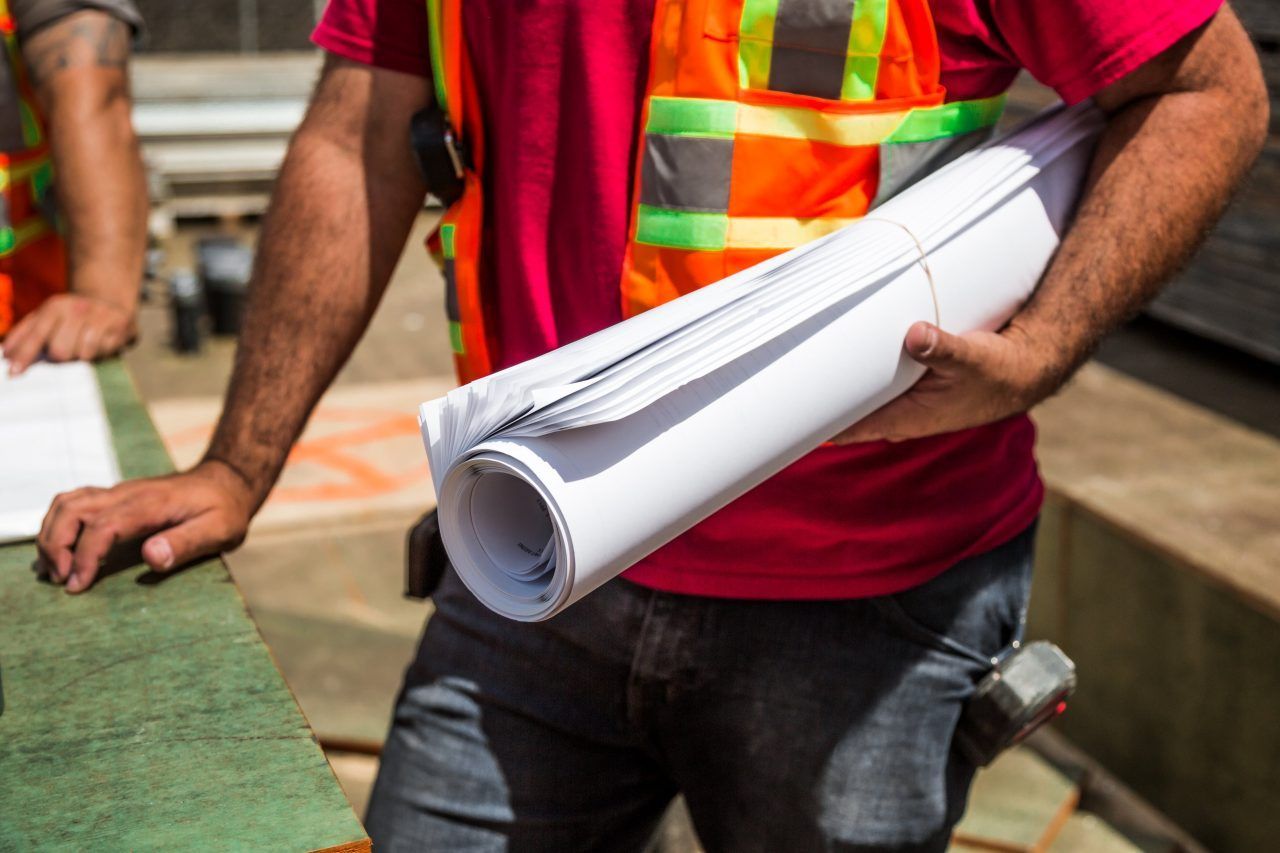
Installation
The installation process for both metal and wood buildings is relatively simple. With steel, all the components are fabricated away from the building site with minimal adjustments made on-site and can be installed by relatively unskilled laborers.*
A wood building structure will be built and installed almost entirely on-site, with exceptions for wood trusses, stair railings, doors, and such. Highly skilled labor is required for best results.
*We recommend that if you decide to go with a metal building, you should find a building company that offers construction services, and not just erecting the building. You should find a metal building company that will also prepare the construction site, as well as provide any grading, measuring, concrete slabbing, drainage, foundation post hole digging, etc.
Environmental Smart Choice
The debate over which is better for the environment, wood or metal, has been going on for some time. The course blog of the College of Natural Sciences at the University of Massachusetts Amherst covers this in the article, ”What Building Material (wood, steel, concrete) Has the Smallest Overall Environment Impact?“ The authors conclude that wood is ultimately the most sustainable product for construction.
“Wood is reusable and clean to make into a building material.”
Damage & Maintenance
Metal is a huge winner in this category by a long shot, especially when made in the form of galvanized steel, due to its long lifespan and performing better over wood as a building material.
It is fair to say that prefab [steel] buildings are virtually ‘Maintenance Free
Unlike wood, weather conditions (rain and snow), ocean and lake effects do not affect steel buildings. Steel does not crack and is not vulnerable to insect attacks, whereas wood frequently needs to be weather-treated and painted. Prefab metal buildings often come with 25-30 year warranties so you don’t have to worry about painting them. In addition, metal roofs don’t need wood shingles, so you don’t have to worry about replacing them from time to time.
Costs
Wood remains the most commonly reported material shortage in the third quarter of the year, according to the U.S. Chamber of Commerce Q3 Commercial Construction Index. Since the start of the COVID-19 pandemic, lumber prices have skyrocketed due to lumber mill shutdowns, supply chain problems, and increased demand. Experts caution that prices aren’t likely to decrease much further in the long term due to the continued demand for new home construction.
The cost of building with metal is still more expensive, even after the pandemic, but you should be aware that these are the short-term costs as steel requires no maintenance and is much more durable.
Summary
We don’t want to put wood down because it does come out ahead in some categories, like aesthetics for example. Some structures made of wood look spectacular when compared to a metal building. But when it comes to durability, cost, maintenance, assembly, and time consideration, metal carports come out on top. Contact us today to learn more or give us a call at (405) 872-0338.
